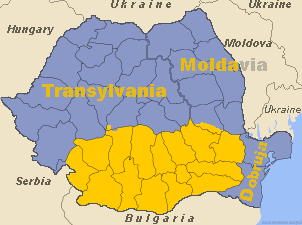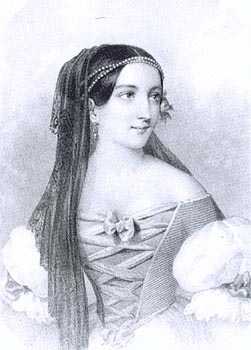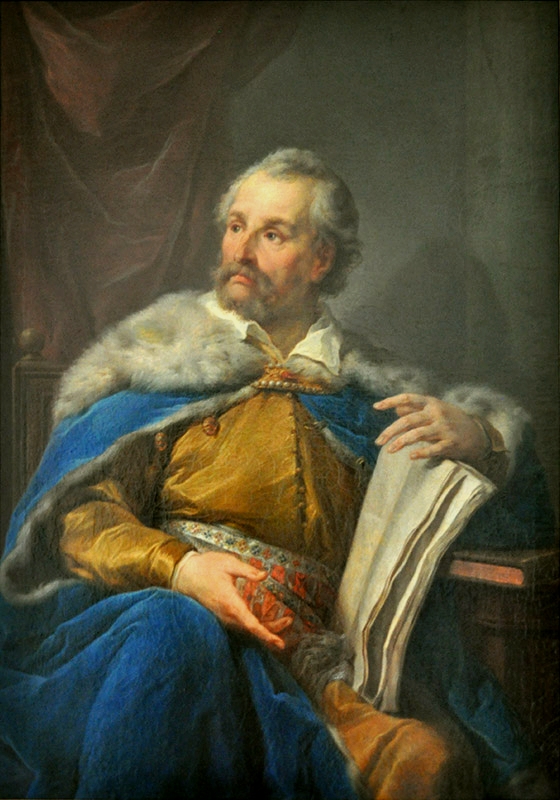|
Gyulafehérvár Cathedral
St. Michael's Cathedral (, ) is the cathedral of the Roman Catholic Archdiocese of Alba Iulia, Romania, and is the oldest and longest cathedral in the country. History The diocese of Gyulafehérvár was founded by Stephen I of Hungary in 1009. The construction of the first cathedral was begun that time, though was completed only in the end of the century, under the rule of Ladislaus I. During the same period, towards the end of the 11th century they began constructing the second cathedral. The transversal naves and the first part of the sanctuary of the present cathedral were built in Romanesque style. During the Mongol invasion of 1241, the church was destroyed. In the middle of the 13th century the cathedral was rebuilt on the old foundation, in the transitory style between Romanesque and Gothic. Not much later, in 1277, Saxons pillaged the cathedral and set it on fire. In the 15th century, the building was reconstructed. In 1439, it was again damaged after a Turkish invasi ... [...More Info...] [...Related Items...] OR: [Wikipedia] [Google] [Baidu] |
Alba Iulia
Alba Iulia (; or ''Carlsburg'', formerly ''Weißenburg''; ; ) is a city that serves as the seat of Alba County in the west-central part of Romania. Located on the river Mureș (river), Mureș in the historical region of Transylvania, it has a population of 64,227 (). During ancient times, the site was the location of the Roman camp Apulum (castra), Apulum. Since the High Middle Ages, the city has been the seat of Transylvania's Roman Catholic Archdiocese of Alba Iulia, Roman Catholic diocese. Between 1526 and 1570 it was the capital of the Eastern Hungarian Kingdom from which the Principality of Transylvania (1570–1711), Principality of Transylvania emerged by the Treaty of Speyer (1570), Treaty of Speyer in 1570 and it was the capital of the Principality of Transylvania (1570–1711), Principality of Transylvania until 1711. At one point it also was a center of the Eastern Orthodox Metropolitan of Transylvania with Suffragan diocese, suffragan to Vad, Cluj, Vad diocese.Maks ... [...More Info...] [...Related Items...] OR: [Wikipedia] [Google] [Baidu] |
Michael The Brave
Michael the Brave ( or ; 1558 – 9 August 1601), born as Mihai Pătrașcu, was the Prince of Wallachia (as Michael II, 1593–1601), Prince of Moldavia (1600) and ''de facto'' ruler of Principality of Transylvania (1570–1711), Transylvania (1599–1600). He is considered one of Romania's greatest national heroes. Since the 19th century, Michael the Brave has been regarded by Romanian nationalism, Romanian nationalists as a symbol of Romanian unity, as his reign marked the first time in history all principalities inhabited by Romanians were under the same ruler. His rule over Wallachia began in the autumn of 1593. Two years later, Long Turkish War, war with the Ottoman Empire, Ottomans began, a conflict in which the Prince fought the Battle of Călugăreni, resulting in a victory against an army nearly three times the size of the army of Michael the Brave, considered one of the most important battles of his reign. Although the Wallachians emerged victorious from the battle, ... [...More Info...] [...Related Items...] OR: [Wikipedia] [Google] [Baidu] |
Isabella Jagiellon
Isabella Jagiellon (; ; ; 18 January 1519 – 15 September 1559) was a princess of the Kingdom of Poland and of the Grand Duchy of Lithuania, and later also the Queen consort of Hungary. She was the oldest child of Sigismund I the Old, King of Poland and Grand Duke of Lithuania, and his Italian wife Bona Sforza. In 1539, she married John Zápolya, Voivode of Transylvania and King of Hungary. At the time Hungary was contested between Ferdinand of Austria who wanted to add it to the Habsburg domains (see Royal Hungary), local nobles who wanted to keep Hungary independent (see Eastern Hungarian Kingdom), and Sultan Suleiman the Magnificent who saw it as a vassal state of the Ottoman Empire (see also Little War in Hungary). While Isabella's marriage lasted only a year and a half, it did produce a male heir – John Sigismund Zápolya born just two weeks before his father's death in July 1540. She spent the rest of her life embroiled in succession disputes on behalf of her son. ... [...More Info...] [...Related Items...] OR: [Wikipedia] [Google] [Baidu] |
Magnate
The term magnate, from the late Latin ''magnas'', a great man, itself from Latin ''magnus'', "great", means a man from the higher nobility, a man who belongs to the high office-holders or a man in a high social position, by birth, wealth or other qualities in Western Christian countries since the medieval period. It also includes the members of the higher clergy, such as bishops, archbishops and cardinals. In reference to the medieval, the term is often used to distinguish higher territorial landowners and warlords, such as counts, earls, dukes, and territorial-princes from the baronage. In Poland the ''szlachta'' (nobles) constituted one of the largest proportions of the population (around 10-12%) and 'magnat' refers to the richest nobles, or nobles of the nobility - even though they had equal voting rights in Poland's electoral monarchy. England In England, the magnate class went through a change in the later Middle Ages. It had previously consisted of all tenants-in-chie ... [...More Info...] [...Related Items...] OR: [Wikipedia] [Google] [Baidu] |
Antal Kendi
{{Disambiguation ...
Antal may refer to: * Andal, 8th-century poet saint of South India * Antal (given name) * Antal (surname) * 6717 Antal, a minor planet See also * Andal (other) * Atal (other) Atal or Attal is a Pashto language word which means Champion or triumph: *Atal, Astrakhan Oblast, Russia *Atal Nagar or Nava Raipur, a city and planned capital of Chhattisgarh, India *Atal Tunnel, a road tunnel being constructed in Himachal Prade ... [...More Info...] [...Related Items...] OR: [Wikipedia] [Google] [Baidu] |
Count Of The Székely
Count (feminine: countess) is a historical title of nobility in certain European countries, varying in relative status, generally of middling rank in the hierarchy of nobility. Pine, L. G. ''Titles: How the King Became His Majesty''. New York: Barnes & Noble, 1992. p. 73. . Especially in earlier medieval periods the term often implied not only a certain status, but also that the ''count'' had specific responsibilities or offices. The etymologically related English term "county" denoted the territories associated with some countships, but not all. The title of ''count'' is typically not used in England or English-speaking countries, and the term ''earl'' is used instead. A female holder of the title is still referred to as a ''countess'', however. Origin of the term The word ''count'' came into English from the French ', itself from Latin '—in its accusative form ''comitem''. It meant "companion" or "attendant", and as a title it indicated that someone was delegated to rep ... [...More Info...] [...Related Items...] OR: [Wikipedia] [Google] [Baidu] |




